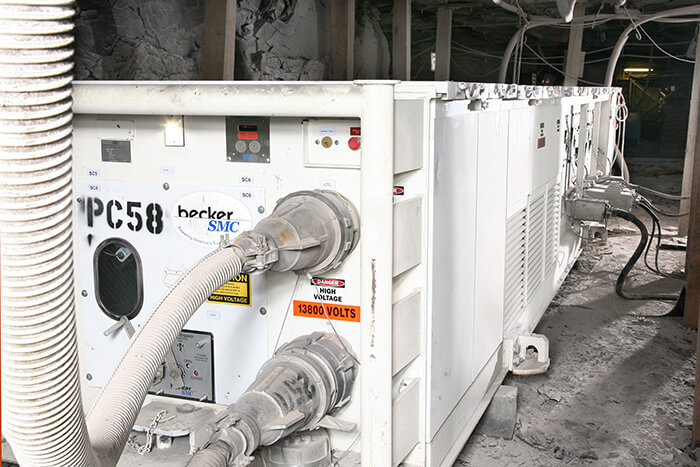 What Is A Capacitor Bank And Why Is It Used?
What Is A Capacitor Bank And Why Is It Used?
A capacitor bank is a system consisting of several capacitors connected in series or parallel to form an energy storage system. This system helps in correcting the power factor lag and phase shift in an AC power supply, thus increasing the efficiency of electrical energy transfer. This blog post will cover more on what these are used for and how you can expect to see them in everyday operations.
Electrical power systems are essential for modern living but require a certain degree of regulation to ensure proper functioning. To meet this need, capacitor banks can be used to regulate the system.
Capacitor banks work by storing electrical energy in their components and using it when needed to correct power factor lags or phase shifts in an AC (alternative current) power supply. This helps maintain optimum efficiency and prevents undesirable dips or surges in voltage which can damage electrical equipment.
Types of Electrical Loads
There are three types of electrical loads, resistive (incandescent, inductive, and capacitive (capacitor). Inductive loads are the most common on modern systems and draw both active and reactive power from the supply. The use of capacitor banks allows for more efficient storage of energy generated by these inductive loads and helps regulate the overall electrical system.
Active or Real Power
Active power (KW) is the actual power that performs work. It is measured in watts and determined by the product of voltage, current, and cos Φ, which is the angle between the current and voltage.
Reactive Power
Reactive power (KVAR) flows back and forth between inductive components without performing any work, but it sustains the electromagnetic field. The product of voltage, current, and sin Φ determines reactive power. This type of power is necessary for electrical devices to operate correctly, but it can be seen as an undesirable burden on the supply system. Capacitors can help regulate this load by storing energy efficiency and reducing the amount of reactive power used by industries with inductive loads, thus saving money for energy providers.
Apparent Power
Apparent power (kVA) is the combination of active and reactive power, which is determined by the product of voltage and current. The power factor is the ratio of true power to the apparent power delivered to a load and is measured in KW divided by kVA. This power factor determines efficiency in electrical systems, and capacitor banks can be used to regulate it. This helps ensure the proper functioning of electrical power systems, reduces i2R losses in wires, and reduces overall costs for energy providers.
Capacitor banks are used to help regulate power factors in electrical systems and can be installed parallel to a load to reduce the amount of reactive power flowing through lines. This improves the power factor by reducing the phase difference between voltage and current. This helps ensure the system's proper functioning, reduces i2R losses in wires, and ultimately reduces costs for energy providers.
Contact Us Today
Capacitor banks are a highly effective way to improve the power factor of your electrical systems, reducing energy costs and improving the overall efficiency of your operations. At Becker Mining, we specialize in providing high-quality capacitor banks for industrial use, designed and manufactured to the highest standards of quality and reliability.
Our capacitor banks are custom-designed to meet the specific needs of your operation. Don't let poor power factor hold your operation back - trust the experts at Becker Mining for all your capacitor bank needs. Contact us today to learn more and get started!
Products We Offer:
- Explosion Proof Equipment
- Transformers
- Arc Guard
- Longwall Electrical Systems
- Capacitor Trip Devices
- Electrical Equipments like capacitor banks, switch houses, junction and splice boxes.